Mobile video trends of 2021
Creative Assets
October 12, 2022
We’re already through the first half of 2021 and it’s a great opportunity to look back on trends that emerged at the beginning of the year. In both 2020 and 2021, we’ve had to face the Covid-19 pandemic all around the world. This unusual international situation still has consequences on every aspect of everyday life, including the consumption of mobile media and app trends.
Statista projected that around 196 billion mobile apps would be downloaded from the Google Play Store, 42 billion more on the App Store, and an additional 112 billion on third-party Android Store. This makes a total of 350 billion mobile apps downloads in one year. In 2020, there were 218 billion downloads.
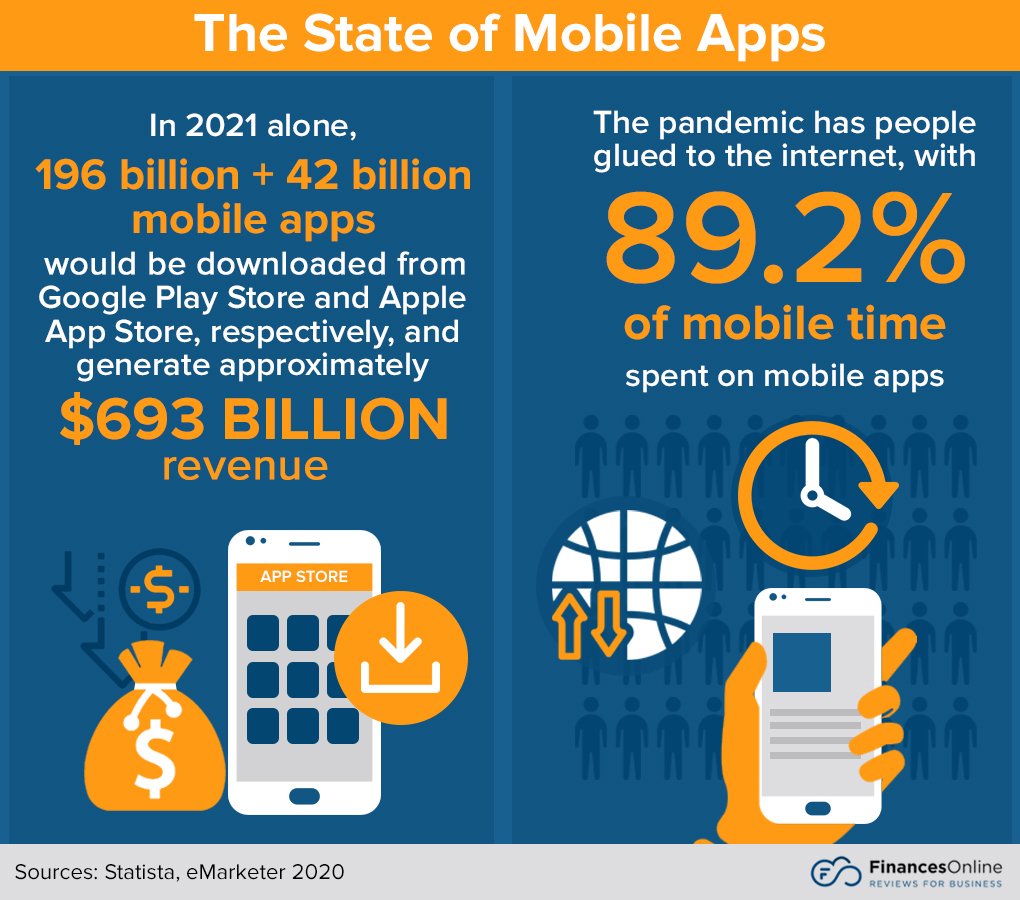
Next to the rise in app installs, the need for video also grew exponentially. According to Wyzowl, 47% of marketers consider video as an essential marketing tool to face new challenges, including the coronavirus pandemic. With the steady rise of online video in the past few years, it’s expected for the average online video viewing time to reach 100 minutes per day. And with everyone watching and producing more videos, new trends have emerged.
1. Tiktok and the rise of short videos
Launched in 2012, the short-lived Vine app (it was abandoned in 2015) was ahead of its time. Launched almost 10 years ago, the concept was to make 6-seconds loop videos. It worked well for some time until competition with Instagram got the best of them. Now, TikTok is relaunching the hype of short videos. The app was installed 2,6 billion times and more than 1 billion videos get viewed each day on their platform. In its 3 years of existence (TikTok was re-launched in August 2018 when they fused with Musical.ly), the social media platform is already becoming an essential marketing tool. It’s still the most downloaded non-gaming app worldwide.
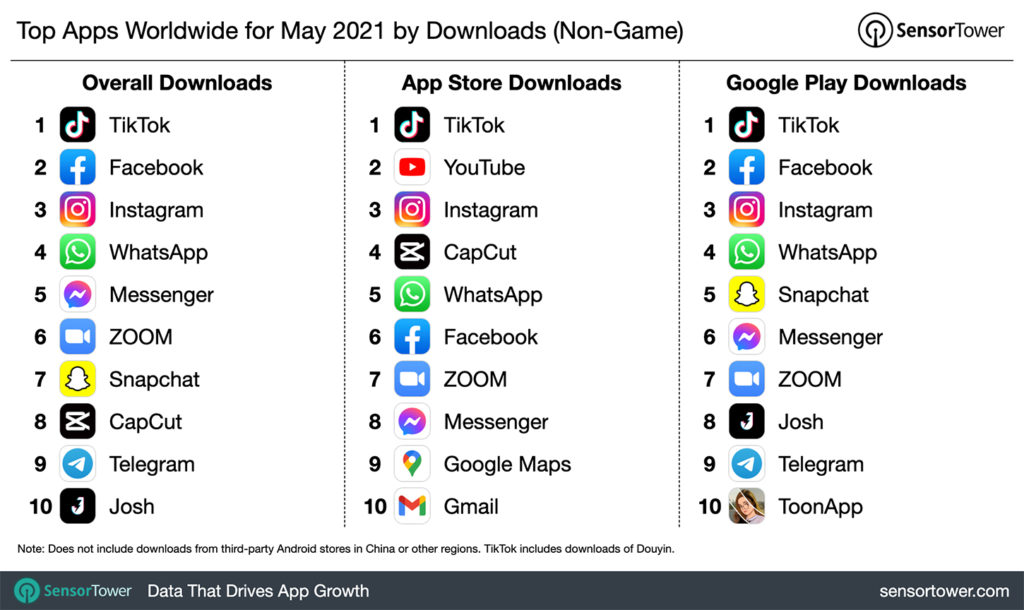
TikTok grew fast and the app is expanding out of its core audience of Millenials and Gen Z. The proportion of users below 30 years old decreased from 48% in March 2019 to 40% in March 2020. With 68% of people admitting that they would happily watch a business video if it’s under a minute, 20% of video marketers are planning to include TikTok in their 2021 video marketing strategy (a 5% rise from the previous year).
Beyond their huge presence online, TikTok is also a trend-setter. From fashion to music to food to humor, TikTok is the place to be for cultural trends. Several artists like Lil Nas X and most recently Olivia Rodrigo have greatly profited from the app when their music was turned into meme content and shared worldwide. Even in mobile culture, TikTok’s impact is visible. One of the biggest successes of 2021’s first quarter is High Heels, a casual game that was heavily advertised on TikTok. And the content doesn’t stay on the social platform. TikTok’s content tends to live a second life being shared in Twitter threads and YouTube mixes.
TikTok’s success pushed its competitors to join the short video adventure:
- Launched in summer 2020, Instagram’s Reels function allows users to create videos lasting from 15 to 30 seconds. And it’s growing fast! Reels already see an average engagement rate of 2.7% instead of 2.2% for main feed videos.
- YouTube launched Shorts in India and the US and is already planning on reaching the rest of the world soon.
- Even Netflix is joining with the introduction of Fast Laughs, a new part of their mobile app allowing users to binge humorous moments of Netflix’s hit shows.
2. Explainers and learning videos
One of the consequences of the covid pandemic is also the kind of video content audiences consume. And videos aren’t useful only to find escapism on TikTok. According to Wyzowl, 69% of users prefer watching videos to learn about products and services over reading articles (18%), infographics (4%), ebooks (3%), or getting a sales call (2%). 96% of people they asked have watched an explainer video and 79% of them were convinced by it to download a software or an app.
Video has always been a useful tool to reach your target audience. They watch videos as a way to understand and navigate products and services online, and explainers can be a great way to ensure the best experience for your target audience.
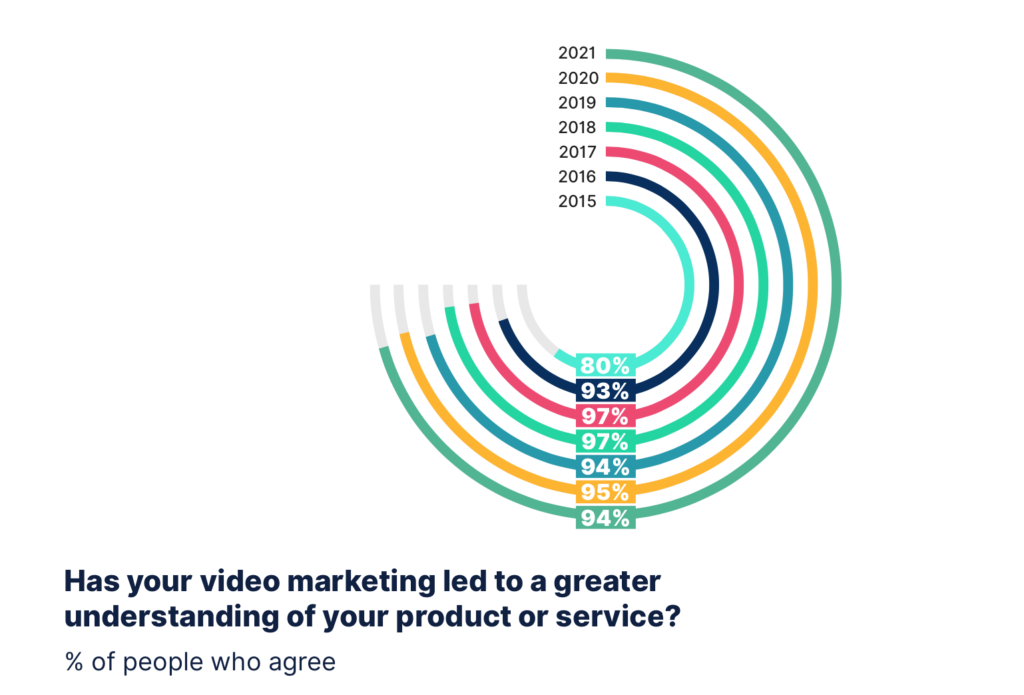
Is it linked to the rise of online school and work from home? Or maybe it’s a side effect of the DIY side of TikTok?
3. Live and authentic content
If you want to produce a video in 2021, you need to brush up on your storytelling skills! In these trying times, people were drawn to authentic content. This was particularly visible with the rise of live video (on Twitch, Facebook, Instagram, and TikTok). Live videos allowed audiences to connect with other people when they were asked to stay home. Even in the comfort of their home, Millennials are still leading a mobile-first lifestyle with 56% of them being more likely to watch live videos on a smartphone. 79% of marketers say live video facilitates a more authentic interaction with their audience and live content on Facebook receives 10X more comments than regular videos.
The success of live video is not based solely on the format of the video but because it feels genuine. People feel more connected to the brand. According to Livestream, 82% of viewers said they prefer seeing a live stream rather than a brand’s social posts.
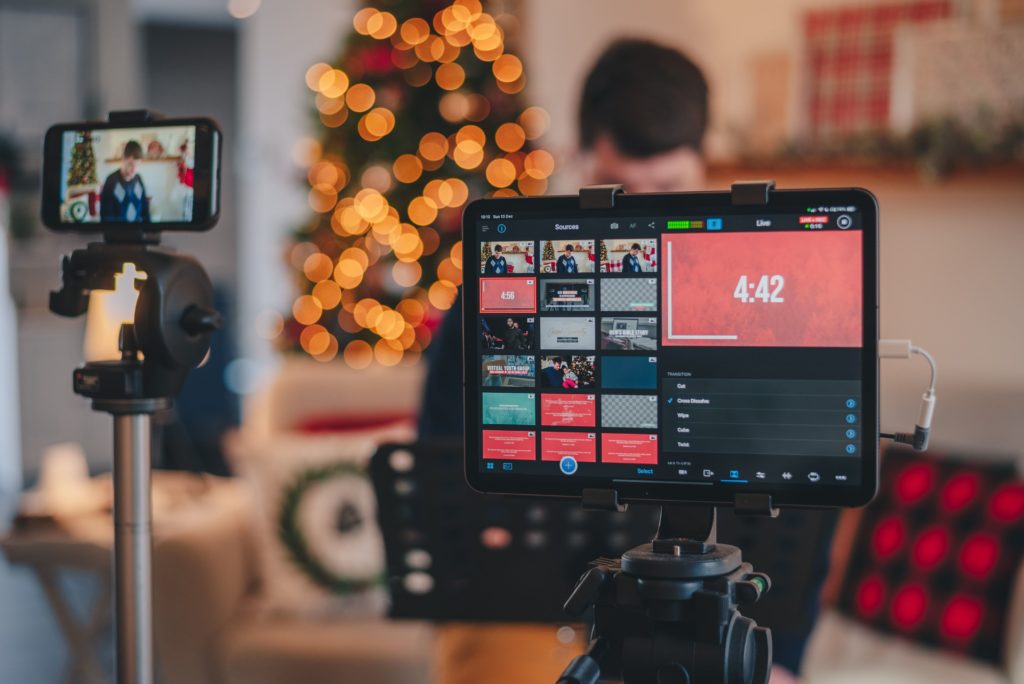
Even if live video is not the right tool for you, the success of the medium is still bringing us a valuable lesson. What made the success of live video is its human side, users feel closer to one another and it drives interaction with your brand.
So if you’re not gonna go live, make sure your videos and your content are about authenticity. Use it to tell your story to your audience, after all, according to research a story is 22 times easier to remember than plain facts. Moreover, 43% of viewers say compelling content is the primary reason for live online viewing, which is why the emotional engagement rate seems higher. It also shows that emotional and authentic content is the key to live video success, something that can be applied to other mediums or be an addition to your current use. You could, for example, use the App Store’s new in-app event tool (that was announced in June 2021) to add a live element to your product.
4. Keep captioning your videos
In 2016, Facebook announced that 85% of its consumers were watching videos without turning on the sound. 5 years later this is still very true, and the demand for captions on videos keeps increasing. A more recent survey of US customers found that 92% of viewers watch videos on mobile without sound, which is why the use of captions boosts views. According to a survey led by Discovery, captioned videos receive 7.32% more views on average than non captioned content and will be watched for 12% longer.
Not only does adding captions boosts your viewing rate, but it also makes your content appear more inclusive (mostly towards hard-of-hearing communities), it’s also an added SEO tool. For example, closed captions are indexed on YouTube. Because more people watch ad videos without sound, having captions allows you to emphasize your call-to-action and make them more visually compelling. You can use captions to help better carry your message and make your keywords stand out in a new way.
Social media platforms are starting to offer automatic captions. When you start a live video on Facebook the platform will automatically add captions to your live feed. Instagram is also starting to offer the option to activate automatic captions in stories. Even TikTok, which heavily relies on the use of sounds in its content, started offering automatic captions in 2021. More than a trend, automatic captions are quickly becoming a necessity in every video production, after all, 80% of consumers are more likely to watch an entire video when captions are available.
5. Animation
Another effect of the pandemic is the rise of animation. It became an essential tool in 2020 when companies were unable to shoot real footage. Covid-19 shook the audiovisual production world to the core, production teams were unable to meet in person and had to figure out new arrangements to shoot safely. This led to many delays in video production.
Because of that, animation became the obvious solution. It’s been growing for the last few years, even big brand names started using it (such as Oreo and even non-profits like Greenpeace). As we’ve mentioned before, both in 2020 and 2021, people have been consuming a lot of explainer videos. Using animation for an explainer allows you to weave complex stories in a simple and engaging way. Animation grants you a lot of freedom, you can do pretty much anything you want and make your explanations more fun to watch.
Animation also impacts your conversion rate. JotForm tested animation in opposition to live-action and found out that their animated video outperformed their live-action with a 20% higher click rate. On their blog, Explain Ninja describes animated video as a “highly attractive kind of content” that brings better results in audience engagement, customer acquisition, and lead generation. Moreover, animation can reach a wide audience, from children to adults, everyone is fond of a little animation from time to time.
Animation gained ground with the stay-at-home orders, it’s easy to produce remotely (and safely when you need to limit face-to-face interactions) and still brings a successful result. Even with the end of lockdowns all around the world, it’s unlikely that animation will lose some of the ground it gained on live-action in the ad video industry. However, with everyone growing more comfortable with the use of the medium, it very well may begin to fuse with live-action on our screens.
Mobile video trends in a nutshell
2020 and the first half of 2021 brought a lot of uncertainty to the world. Now more than ever people seek authentic contact in the digital world. To recap what we found out :
- TikTok blew up in 2020 and 2021 and with it, the short format videos are now branching out in Instagram, YouTube and even Netflix!
- Explainers and learning videos are on the rise, people would rather get answers in video format
- Live and genuine content is growing, with global lockdowns people crave authentic contact and a human touch in the content they’re consuming
- Don’t forget to caption! Even when spending so much time at home, people still watch videos without sound
- Animation is the big player of 2021, and it’s not afraid of social distancing
Have you already noticed these trends? What other trends have you noticed emerging in 2021? Have you started using TikTok during the pandemic too? Share with us in the comments!
- Mobile Video Monthly #38 – November 2023 - 5 December 2023
- Disturbing ads, a new trend for mobile gaming creatives? - 28 November 2023
- The Power of Holiday Marketing in Boosting Mobile Game Engagement - 21 November 2023





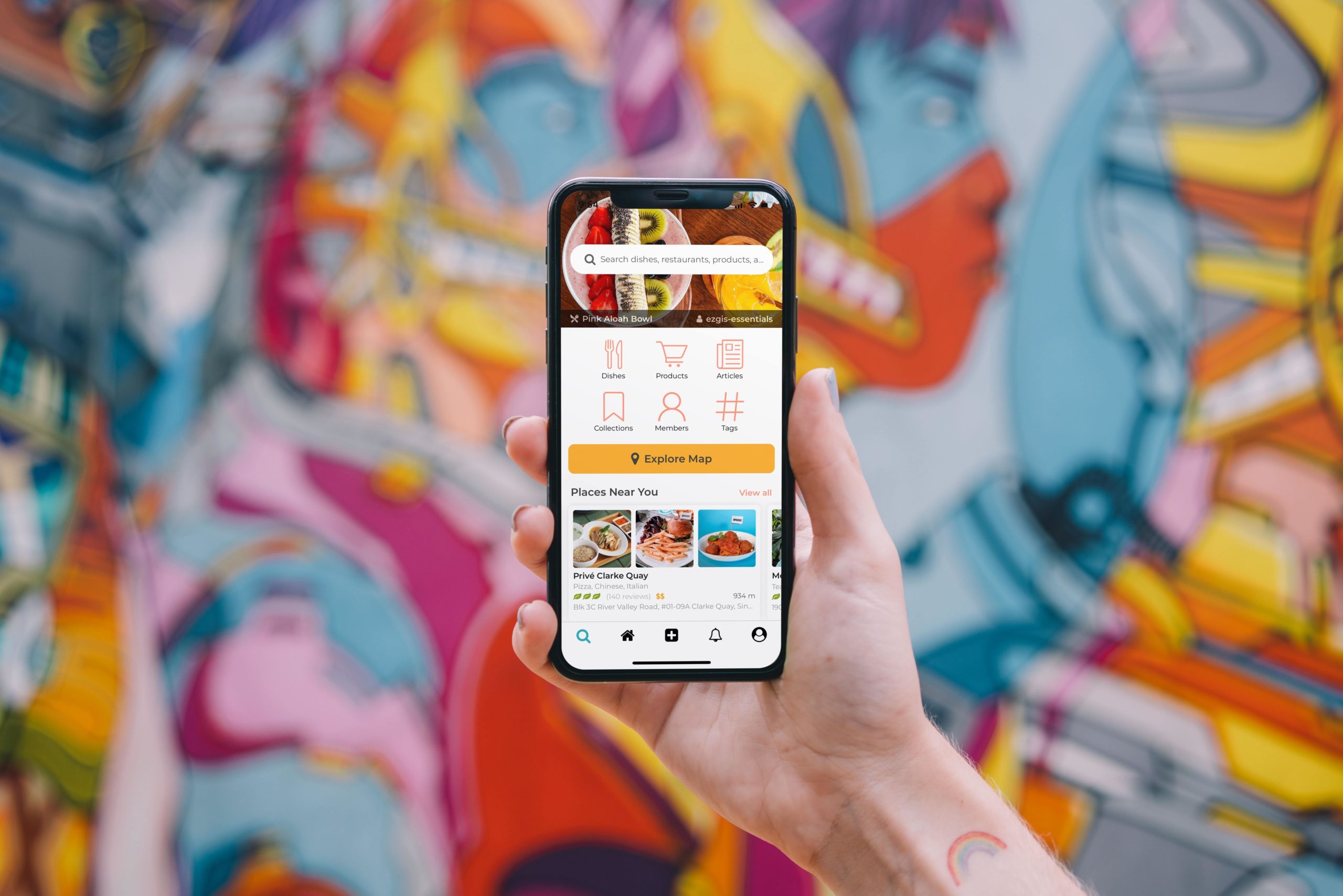


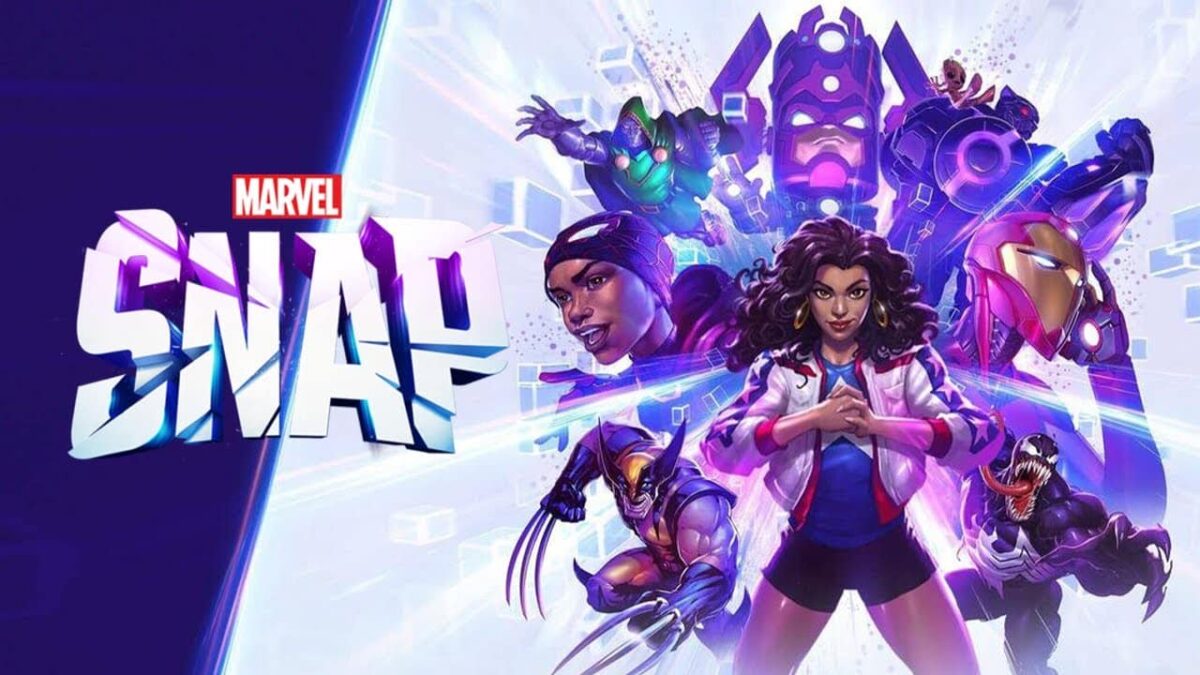


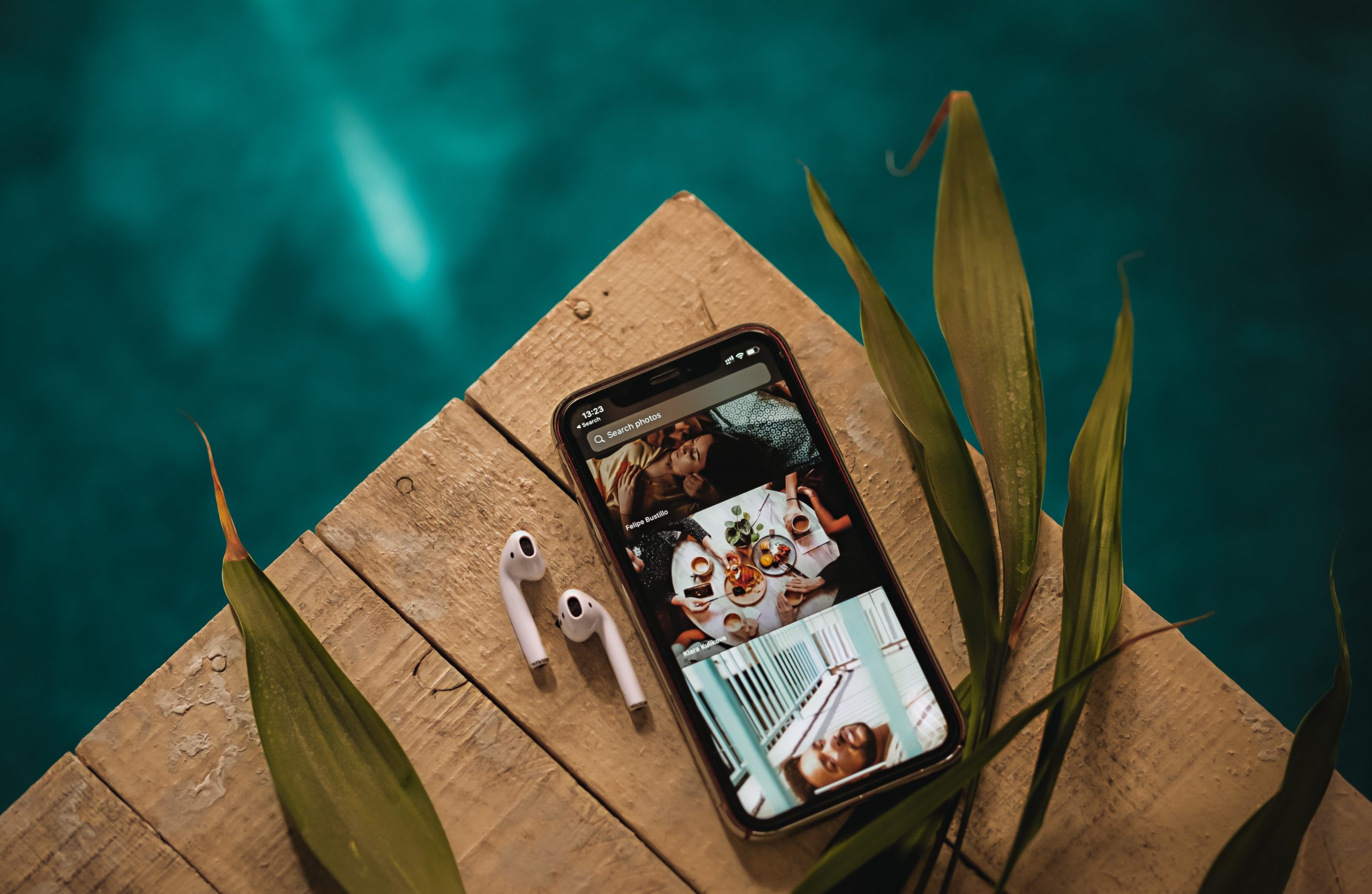


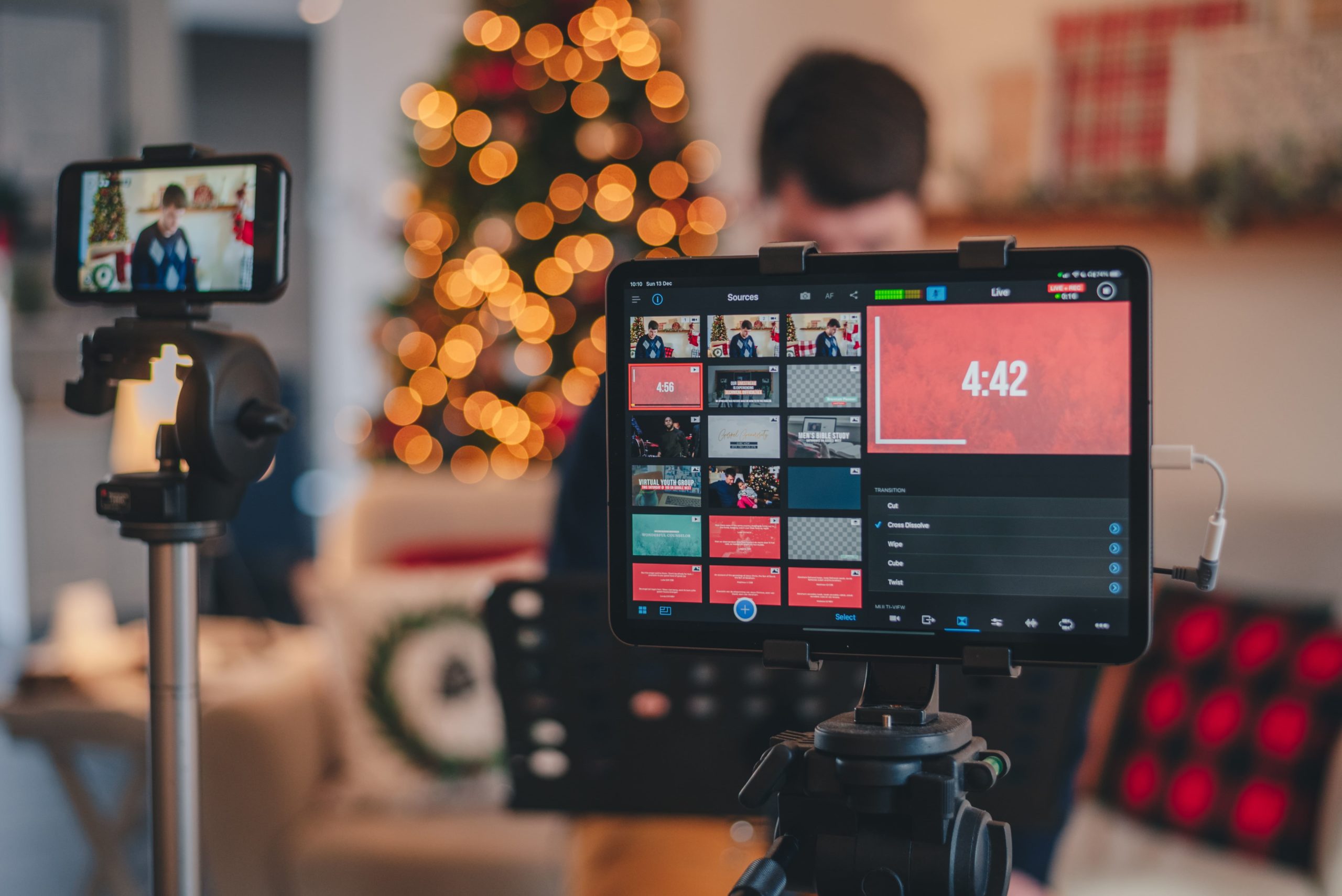
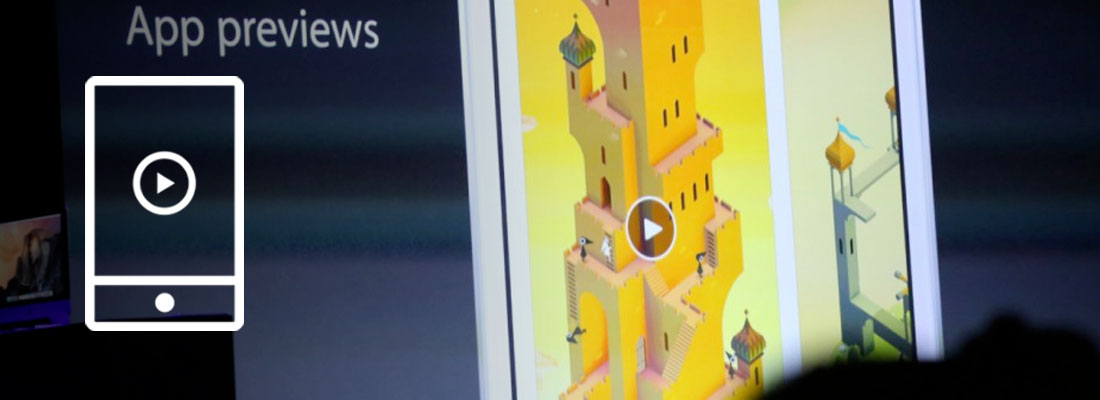

Yes tiktok now leading video sharing application, Mostly compaines make their short videos for marketing to increase their sales.